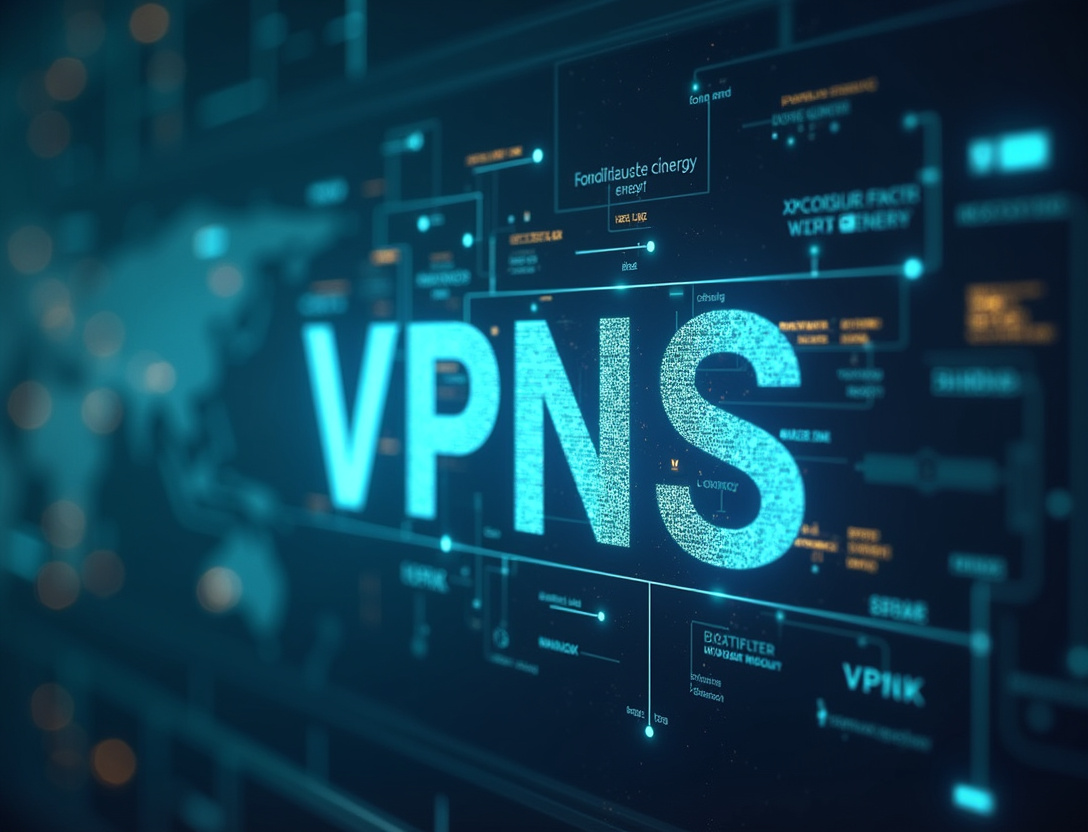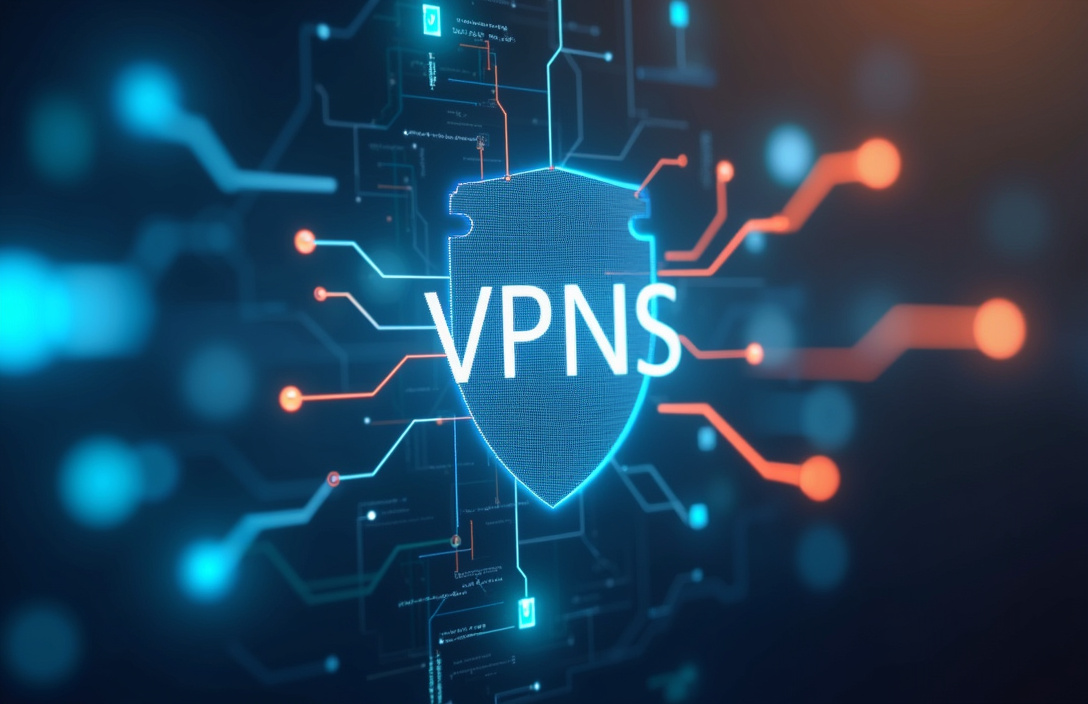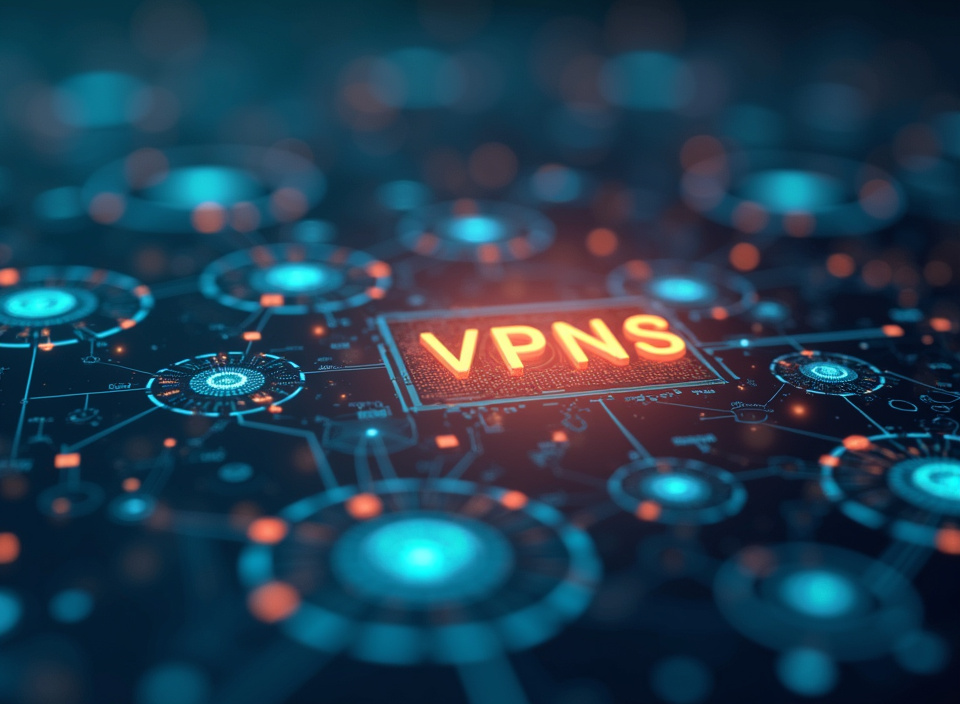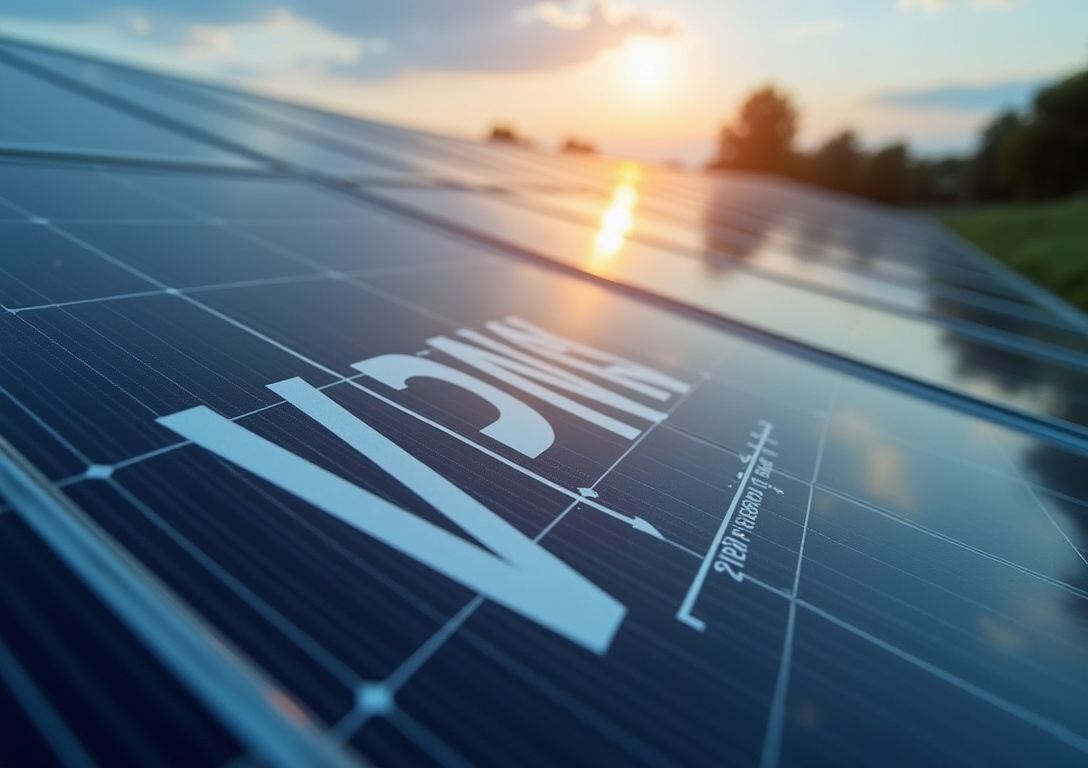VPNs for Renewable Energy Projects: Securing Data Infrastructure
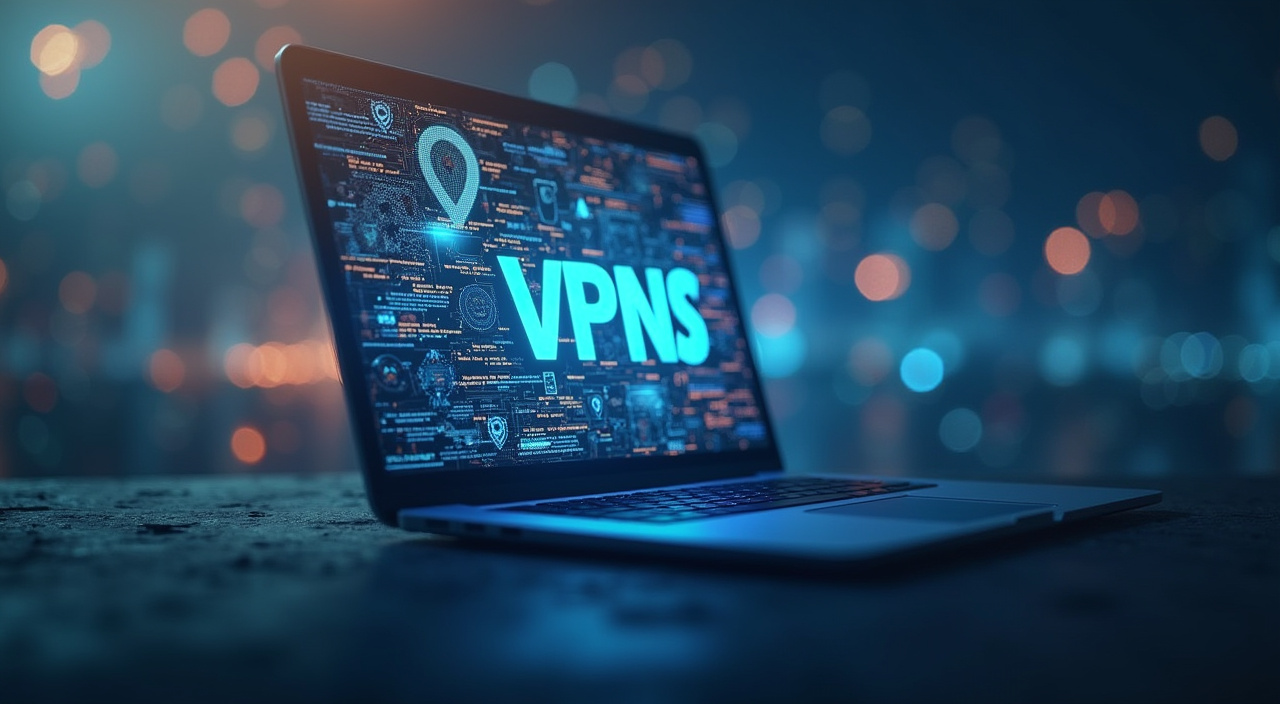
Table of Contents
- VPNs for Renewable Energy Projects: Securing Data Infrastructure in a Green Future
- Interconnected Systems: A Double-Edged Sword for Renewable Energy
- Vulnerabilities in Renewable Energy Infrastructure
- The High Cost of Cyberattacks on Green Energy Projects
- Evolving VPN Technology: The Future of Secure Subscriptions
VPNs for Renewable Energy Projects: Securing Data Infrastructure in a Green Future
The renewable energy sector stands as a beacon of progress in our collective journey towards a sustainable future. From sprawling solar farms to towering wind turbines, these projects are instrumental in mitigating climate change and powering our world with clean energy. However, this burgeoning sector faces a significant challenge: securing the vast and intricate data infrastructure that underpins its operations.
The digital backbone of renewable energy projects, encompassing everything from real-time monitoring systems to complex data analytics platforms, is increasingly vulnerable to cyber threats. The consequences of a successful cyberattack can be devastating, potentially disrupting energy production, compromising sensitive data, and even endangering the stability of entire power grids. Recognizing and mitigating these risks is paramount for ensuring the continued growth and reliability of the renewable energy industry.
This article will delve into the critical role that Virtual Private Networks (VPNs) play in safeguarding the data infrastructure of renewable energy projects, examining the specific threats they face and how VPN technology provides essential 'cyber threat protection'. The modern renewable energy landscape is a complex ecosystem reliant on interconnected digital systems. Wind farms, for example, utilize sophisticated sensors and control systems to optimize turbine performance and manage energy output.
Solar power plants employ similar technologies to track sunlight, adjust panel angles, and monitor energy generation. These systems generate massive amounts of data, which is transmitted across networks to control centers and data analytics platforms for processing and analysis. This data is crucial for optimizing energy production, predicting maintenance needs, and ensuring the overall efficiency of the project, protecting this data should be central to all 'project security' initiatives.
However, this interconnectedness also creates significant vulnerabilities. Renewable energy projects are often located in remote areas, making them susceptible to physical security breaches and network intrusions. The use of unsecured communication channels can expose sensitive data to interception and manipulation.
Furthermore, the increasing reliance on cloud-based services introduces new challenges, as data is stored and processed on servers that are potentially vulnerable to attack. Cybercriminals, state-sponsored actors, and even disgruntled employees can exploit these vulnerabilities to gain unauthorized access to sensitive data, disrupt operations, and cause significant damage. Securing access to the data requires a 'renewable energy VPN' to guarantee a secure route for all external and internal communications.
A targeted attack can lead to substantial financial losses, including the cost of data recovery, system repairs, and legal fees. Reputational damage can also be significant, as customers and investors lose confidence in the project's ability to protect their data. In the worst-case scenario, a successful cyberattack could trigger a widespread grid outage, causing widespread disruption and economic losses.
And it goes without saying that this will also set back the green energy transition, as it can instill mistrust in these new systems, regardless of how unfounded this distrust can be. The adoption of robust cybersecurity measures, including the strategic implementation of VPNs, is essential for mitigating these risks and ensuring the long-term viability of renewable energy projects. A VPN acts as a secure tunnel, encrypting data as it travels across networks and protecting it from eavesdropping and tampering.
It also masks IP addresses, making it more difficult for attackers to identify and target specific systems and adding an extra component for securing 'data infrastructure'. By providing a secure and encrypted connection, VPNs enable secure remote access for authorized personnel and protect sensitive data from cyber threats. Consequently, a good 'VPN for energy' is not simply desirable, but absolutely essential for these projects.
Interconnected Systems: A Double-Edged Sword for Renewable Energy
The core benefit of a VPN in the renewable energy context lies in its ability to provide 'cyber threat protection' against a diverse range of attacks. These attacks can range from the simple intrusion of a malicious actor wanting to access sensitive data, to ransomware attacks which can cripple entire operational setups if they break through. With a VPN, the sensitive data transmitted within renewable energy projects will be immediately encrypted, making it unintelligible to unauthorized individuals intercepting the flow of communication.
This is especially critical when dealing with sensitive information such as grid management data, financial transactions, or even the design specifications of renewable energy technologies. Because the core aim of any attack on critical systems is to try and exploit existing insecurities to access central databanks, even if they're in the cloud. Therefore, using a VPN to encrypt and protect 'project security', becomes central to avoiding risks with a low barrier to entry.
The threat landscape is constantly evolving, with attackers constantly becoming more sophisticated in their methods, so the systems need to constantly adapt too. The perimeters need to be secured every time, the users need to be authenticated and authorised, and the flow of traffic must be constantly encrypted. VPNs also offer secure remote access capabilities, allowing authorized personnel such as engineers, technicians, and managers to connect securely to the project network from anywhere in the world.
In renewable energy, securing data infrastructure goes beyond just encrypting data and having a secure network within a perimeter. Consider, for example, a worker accessing network systems on the go, with a phone or tablet that is at risk of being stolen, or being hacked by an insecure or free WiFi network. This allows the project to continue even when staff are on the move.
By encrypting and securing access to project networks means that all potential vulnerabilities are avoided regardless of the device or the level of security implemented. This is an enormous benefit, as the maintenance personnel need a fluid way of working without security systems acting as a chore. This ability is crucial for remote monitoring, troubleshooting, and emergency response, ensuring that renewable energy projects can be managed effectively regardless of location.
The benefits here far exceed the potential drawbacks, and it's vital to properly weigh both together to appreciate the full value of a VPN in securing 'data infrastructure'. Furthermore, VPNs can be configured to enforce strong authentication measures, such as multi-factor authentication (MFA), adding an extra layer of protection against unauthorized access. With multi-factor authentication, users are required to provide multiple forms of verification, such as a password, security code, and biometric scan, before being granted access to the network.
This eliminates the most common point of intrusion and adds peace of mind to VPN users. This added secure layer of protection can secure your 'renewable energy VPN' against the most common types of exploit attempts. In addition to encryption and secure remote access, VPNs also offer the ability to mask IP addresses, which makes it more difficult for attackers to identify and target specific systems within the renewable energy infrastructure.
By routing traffic through a VPN server, the user's actual IP address is hidden, and replaced with the IP address of the VPN server. This adds a level of anonymity and makes it more challenging for hackers to launch targeted attacks or track user activity. This feature, while often overlooked, is a critical component of a comprehensive 'cyber threat protection' strategy.
It's akin to removing the nameplate from your door, making it harder for burglars to find your house in the first place. The reduced targetability makes the infrastructure systems of your 'VPN for energy' far safer against intrusions and data breaches. The combination of encryption, secure remote access, and IP address masking makes VPNs an essential security tool for renewable energy projects.
The benefits are clear: enhanced data protection, secure remote access, and increased anonymity. By investing in a robust VPN solution, renewable energy projects can significantly reduce their risk of cyberattacks and ensure the continued reliability and security of their operations. Ultimately, the strategic deployment of VPNs is not just a technological upgrade, but a fundamental step towards building a more secure and sustainable energy future.
Vulnerabilities in Renewable Energy Infrastructure
Choosing the appropriate 'VPN for energy' solution for a renewable energy project requires careful consideration of various factors, including the project's specific security requirements, network architecture, and budget. Several VPN protocols are available, each offering varying levels of security, performance, and compatibility. One common protocol is IPsec (Internet Protocol Security), which provides a robust and secure VPN connection using encryption and authentication mechanisms.
IPsec is widely supported and can be used in various VPN implementations, including site-to-site VPNs (connecting two or more networks) and remote access VPNs (connecting individual users to a network). IPsec is often favored for its stability and integration with existing network infrastructure, making it a suitable choice for larger renewable energy projects with established IT departments. The relative high adoption rate also makes it a more reliable standard, compared to less used VPN protocols that lack the community support found in larger standards.
It's important that whatever standard is chosen, that it can provide appropriate 'cyber threat protection'. Another popular VPN protocol is OpenVPN, an open-source solution that offers a high degree of flexibility and customization. OpenVPN supports a wide range of encryption algorithms and authentication methods, making it suitable for diverse security requirements.
It is also relatively easy to configure and deploy on various operating systems and devices. OpenVPN's open-source nature allows for community scrutiny and contributions, leading to continuous improvements and security updates. This transparency can be particularly appealing to organizations that prioritize security and control over their VPN infrastructure.
For companies looking for a 'renewable energy VPN', open source solutions often represent not only the most customisable option, but also the most cost effective. WireGuard, a relatively newer VPN protocol, has gained significant traction in recent years due to its speed, simplicity, and strong security. WireGuard uses state-of-the-art cryptography and a streamlined codebase, resulting in significantly improved performance compared to older protocols like IPsec and OpenVPN.
It is also easier to configure and deploy, making it an attractive option for smaller renewable energy projects with limited IT resources. Its advantages come from its streamlined approach, which makes the 'data infrastructure' flow go through a narrow but highly secured channel. Beyond the specific VPN protocol, it's also important to consider the overall architecture of the VPN solution.
Site-to-site VPNs are typically used to connect different locations within a renewable energy project, such as a wind farm control center to a remote substation. Remote access VPNs, on the other hand, are used to provide secure access for individual users connecting from remote locations. Depending on the project's specific needs, a hybrid approach that combines both site-to-site and remote access VPNs may be appropriate.
Such custom solutions allow for the 'project security' to fit seamlessly into daily operation flows. Scalability is another critical factor to consider, particularly for large renewable energy projects that may need to support hundreds or even thousands of users. The VPN solution should be able to handle the increasing demands as the project grows and evolves.
This would also include remote staff that does not actively need the VPN, to be able to securely log-in to network systems and project databases periodically. Performance is also important, especially when dealing with real-time data streams from renewable energy facilities. The VPN solution should be able to provide low-latency and high-bandwidth connections to ensure smooth and reliable data transmission.
Testing this early on in the selection process will save future cost when implementing your `VPN for energy`. Finally, cost is always a consideration. Different VPN solutions vary significantly in price, depending on the protocol, architecture, and features offered.
It's important to carefully evaluate the total cost of ownership, including hardware, software, and ongoing maintenance, before making a decision. Ultimately, the best VPN solution for a renewable energy project is one that meets its specific security requirements, performance needs, scalability demands, and budget constraints, and by considering all these factors, renewable energy projects can ensure that their data infrastructure is protected against cyber threats and that they can operate securely and efficiently.
The High Cost of Cyberattacks on Green Energy Projects
Implementing a 'renewable energy VPN' is more than just selecting the right technology; it's about establishing sound security policies and integrating the VPN into a comprehensive cybersecurity strategy. One crucial step is to develop a clear and concise VPN usage policy that outlines the acceptable use of the VPN, including prohibited activities, data access restrictions, and security protocols. This policy should be communicated to all users and enforced through appropriate measures, as it can become a legal issue if the policies are not correctly used and enforced.
This policy is core to establishing a sustainable system for protecting 'data infrastructure'. Password management is another critical aspect of VPN security. Users should be required to use strong and unique passwords and to change them regularly.
Multi-factor authentication (MFA) should be implemented whenever possible to add an extra layer of protection against unauthorized access. Regular security audits and vulnerability assessments should be conducted to identify and address potential security weaknesses in the VPN infrastructure. These audits should be performed by qualified cybersecurity professionals who can thoroughly evaluate the VPN configuration, identify potential vulnerabilities, and recommend appropriate remediation measures.
It's better to perform more audits early on in any project, as the cost will increase the more developed the structural setup is. Intrusion detection and prevention systems (IDPS) can be used to monitor network traffic for malicious activity and to automatically block or mitigate attacks. IDPS can provide an early warning system, allowing security personnel to respond quickly to potential threats and prevent them from causing significant damage.
In the context of a 'VPN for energy', this real-time monitoring can be critical for maintaining the integrity and availability of renewable energy infrastructure. The response time to a breach can be the difference between a small intrusion or a complete system failure. Security Information and Event Management (SIEM) systems can be used to collect and analyze security logs from various sources, including VPN servers, firewalls, and intrusion detection systems.
SIEM systems can help identify suspicious activity and provide valuable insights into potential security threats. By correlating security events from different sources, SIEM systems can detect complex attacks that might otherwise go unnoticed. Employee training and awareness are essential for creating a security-conscious culture within a renewable energy project.
Employees should be trained to recognize and avoid phishing scams, social engineering attacks, and other common cyber threats. They should also be educated on the importance of following security policies and procedures. Regular phishing simulations and security awareness campaigns can help reinforce these concepts and keep employees vigilant.
This is an often overlooked aspect of 'project security', but it can have an outsized impact for a relatively small investment. Integrating the VPN into a comprehensive security strategy involves coordinating the VPN with other security controls, such as firewalls, intrusion detection systems, and antivirus software. This coordinated approach ensures that all layers of the security infrastructure work together to protect the renewable energy project from cyber threats.
A holistic approach that combines technological solutions with sound security policies and employee training is essential for creating a robust and resilient cybersecurity posture. It's paramount to establish and uphold the highest standards of security, especially considering the critical role of renewable energy in our society, using 'cyber threat protection' and security analysis to drive decisions. Finally, maintain a security-first approach, meaning an awareness that attacks evolve and that protective measures also need to evolve for the defence of 'data infrastructure'.
Evolving VPN Technology: The Future of Secure Subscriptions
The future of 'renewable energy VPN' deployment is intertwined with the continuous evolution of both the renewable energy sector and the cybersecurity landscape. As renewable energy projects become more sophisticated and interconnected, the need for robust and adaptable VPN solutions will only intensify. The integration of emerging technologies like artificial intelligence (AI) and machine learning (ML) into VPN solutions offers promising opportunities for enhanced security and automation.
AI and ML can be used to analyze network traffic patterns, detect anomalies, and automatically respond to potential threats. For example, AI-powered VPNs could dynamically adjust security settings based on real-time threat intelligence, providing a more proactive and adaptive security posture. These systems will automatically adjust to external circumstances to secure 'data infrastructure'.
The rise of edge computing in the renewable energy sector will also impact VPN deployment strategies. Edge computing involves processing data closer to the source, reducing latency and improving performance. However, it also introduces new security challenges, as data is distributed across a larger and more complex network.
VPNs can play a critical role in securing edge computing deployments by providing secure connections between edge devices and central control centers. This allows the distributed network to stay safe at all points of access. The security challenges are solved by the implementation of a 'cyber threat protection' system within the VPN.
The adoption of zero-trust security models is another important trend that will shape the future of VPN deployment. Zero-trust security assumes that no user or device is inherently trustworthy, regardless of their location or network access. All users and devices must be authenticated and authorized before being granted access to any resource.
VPNs can be integrated into zero-trust architectures to provide secure access to sensitive data and applications. Quantum computing poses a long-term threat to existing encryption algorithms. As quantum computers become more powerful, they will be able to break many of the encryption algorithms used by VPNs today.
This means that renewable energy projects must begin preparing for the quantum era by adopting quantum-resistant encryption algorithms. This new encryption must also provide similar levels of security to guarantee that security requirements for 'project security' are always upheld. Collaboration and information sharing are essential for strengthening the cybersecurity posture of the entire renewable energy sector.
Renewable energy projects should actively participate in industry forums and share threat intelligence with each other. By working together, the renewable energy sector can collectively improve its ability to defend against cyber threats. This collaborative approach enables more robust and reliable protection, creating a far better 'VPN for energy'.
Government regulations and industry standards will also play a significant role in shaping the future of VPN deployment. As cyber threats to critical infrastructure become more prevalent, governments are likely to impose stricter regulations on the cybersecurity practices of renewable energy projects. Compliance with these regulations will require renewable energy projects to implement robust security measures, including the strategic use of VPNs.
It's important to meet the new upcoming standards of data protection, for it to meet the standard requirements of sustainable practices in 'renewable energy VPN' solutions. In conclusion, VPNs are an indispensable tool for securing the data infrastructure of renewable energy projects. By providing encryption, secure remote access, and IP address masking, VPNs help protect sensitive data from cyber threats and ensure the reliability and security of renewable energy operations.
As the renewable energy sector continues to grow and evolve, the strategic deployment of VPNs will become even more critical for maintaining a secure and sustainable energy future. By staying informed about emerging technologies, adopting sound security policies, and collaborating with industry peers, renewable energy projects can ensure that they are well-protected against the ever-evolving cyber threat landscape.
Stay Updated
Get the latest VPN news, tips, and exclusive deals to your inbox.
